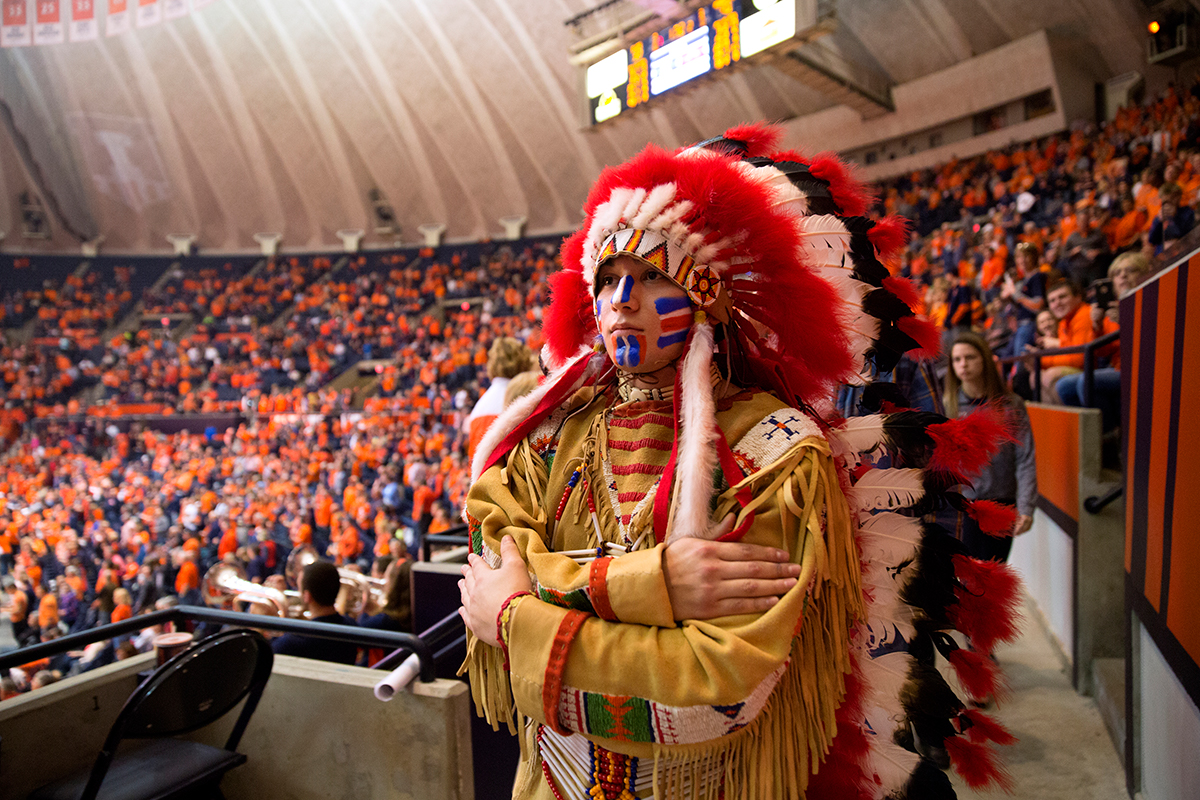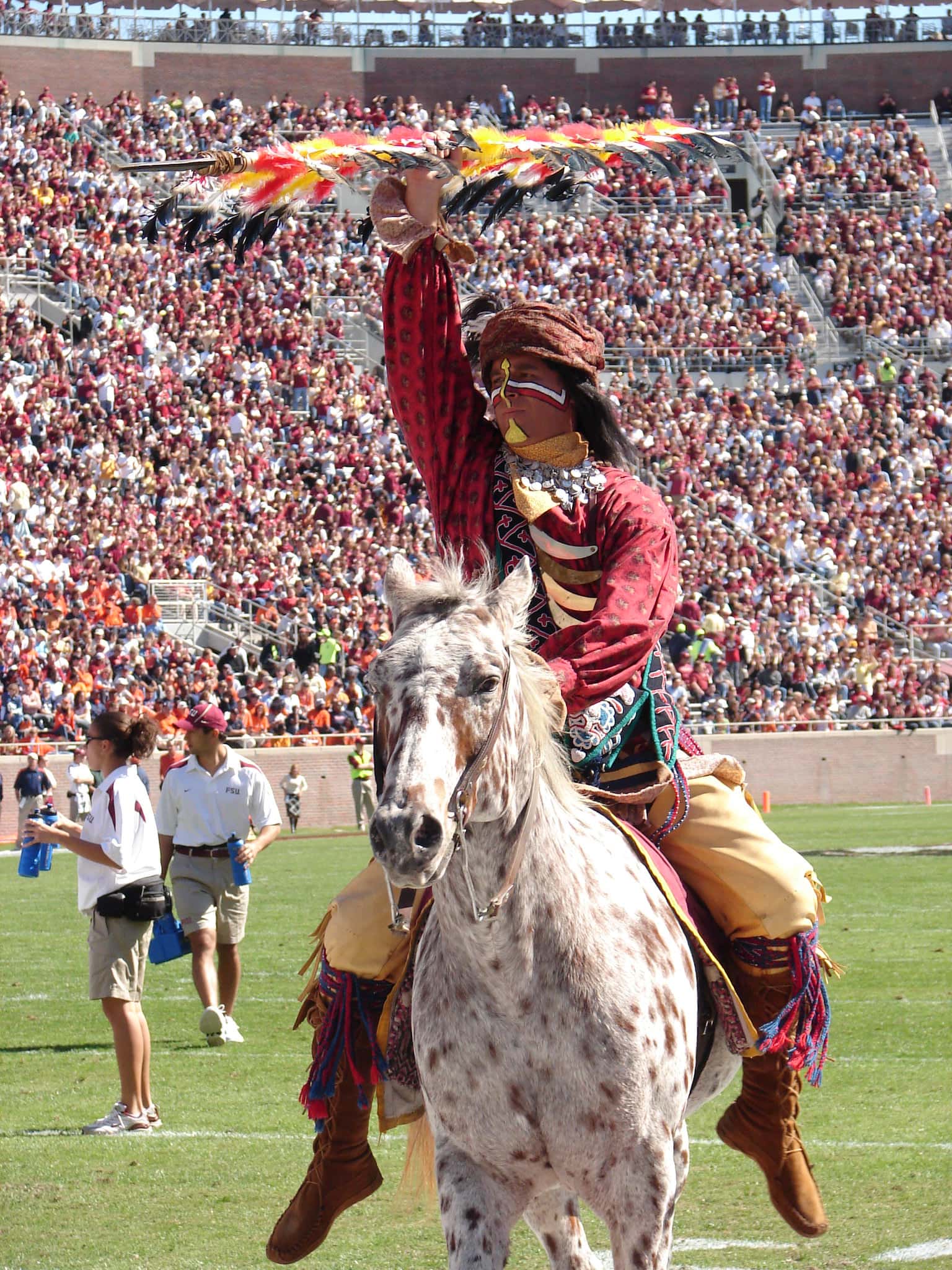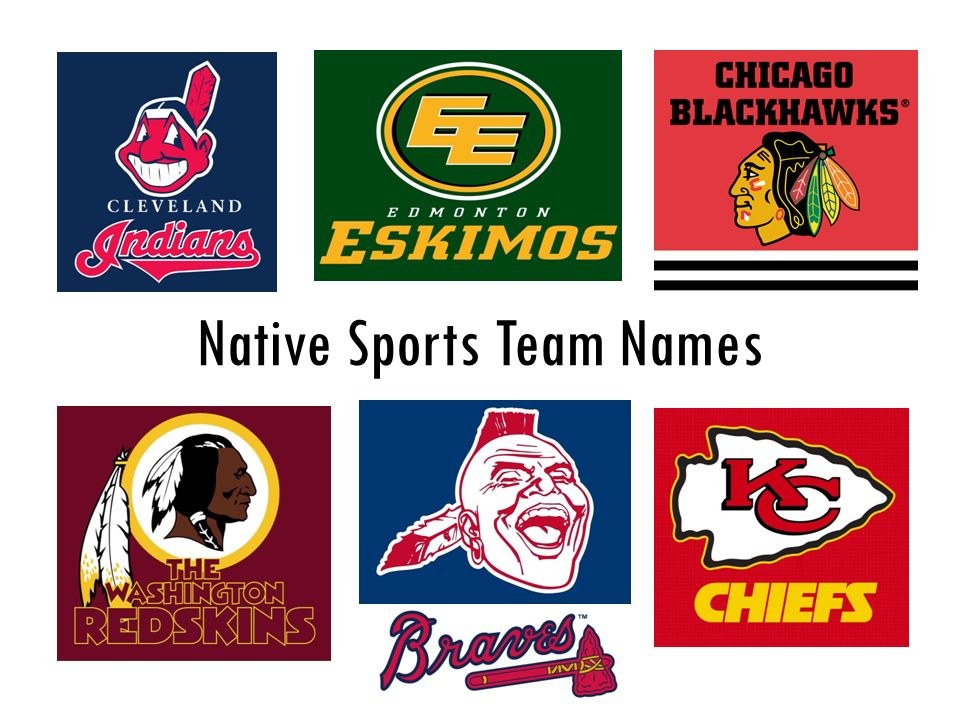
Beyond the Game: Native American Tribal Sports Teams as Beacons of Cultural Pride and Community Building
In the vast tapestry of American sports, the stories of Native American tribal teams often remain underexposed, yet they represent some of the most profound examples of how athletics can transcend mere competition. Far from being just leisure activities, sports within Native American communities are vibrant conduits for cultural preservation, identity formation, and the bedrock of community cohesion. From reservation basketball courts to lacrosse fields, these teams embody a resilience and spirit that echoes centuries of tradition, serving as powerful symbols of self-determination and living heritage. This is a narrative not just of wins and losses, but of a deep-seated connection to ancestry, land, and the collective soul of a people.
The roots of modern tribal sports are firmly embedded in ancient traditions. Long before European contact, indigenous nations across North America engaged in sophisticated athletic contests that were far more than games. Lacrosse, known by the Iroquois as "The Creator’s Game" or "Baggataway" by others, was played with spiritual intent, often to resolve disputes, prepare warriors, or heal the sick. Stickball, shinny, and various forms of running and wrestling were integral to tribal life, serving as training for hunting and warfare, ceremonial rites, and communal celebrations. These activities instilled discipline, teamwork, respect for opponents, and a profound connection to the natural world. Modern tribal teams carry this legacy forward, understanding that while the equipment and rules may have evolved, the underlying purpose – to strengthen individuals and communities – remains paramount. When a young Nez Perce athlete steps onto a basketball court, they are not merely playing a game; they are participating in a tradition of physical and spiritual excellence that spans generations.
Perhaps the most potent aspect of tribal sports teams is their role in cultural preservation and identity. In a world increasingly homogenized, these teams provide a vital platform for Native youth to connect with their heritage. Team names often reflect tribal languages, animal totems, or significant historical events, serving as constant reminders of their unique identity. Uniforms might incorporate traditional designs, colors, or symbols, worn with immense pride. Coaches and elders often weave lessons of cultural values – humility, courage, generosity, and respect for all living things – into practice sessions and game strategies. For many Native youth, who may face challenges to their identity in mainstream society, their tribal sports team becomes a sanctuary and a source of profound belonging. It is a place where their indigeneity is not just accepted but celebrated, reinforced by shared language, history, and aspirations. "When our kids play," explains Mary Jane Oatman, a Nez Perce tribal member and advocate for Native youth sports, "they’re not just playing for themselves or their team; they’re playing for their ancestors, for their tribe, for all the generations to come. That weight, that pride, it’s something you can feel."
Beyond individual identity, tribal sports are unparalleled engines for community building and social cohesion. A high school basketball game on a reservation is often more than just a sporting event; it’s a major social gathering, a multi-generational reunion. Elders, parents, children, and extended family members pack gymnasiums, creating an electrifying atmosphere of collective support. These events foster a sense of shared purpose and solidarity, uniting people who might otherwise be geographically dispersed or socially isolated. In communities that often grapple with the lingering effects of historical trauma, poverty, and limited resources, sports provide a positive outlet and a powerful antidote to despair. They offer youth a structured environment, mentorship, and a reason to strive for excellence, diverting them from negative influences and promoting healthy lifestyles. The success of a tribal team becomes a collective triumph, a source of upliftment and pride for the entire community, demonstrating what can be achieved through unity and determination.
Moreover, sports open doors to economic and educational opportunities that might otherwise be inaccessible. For talented Native athletes, sports can be a pathway to higher education through scholarships, allowing them to pursue degrees and develop skills that benefit not only themselves but also their communities upon their return. The Native American Basketball Invitational (NABI), founded by Scott Podhradsky and GinaMarie Scarpa, is a prime example. NABI brings together hundreds of Native American youth from tribes across the U.S. and Canada for a week-long tournament, attracting college scouts and offering academic workshops. Since its inception, NABI has awarded millions in scholarships, fundamentally changing the trajectories of countless young lives. "NABI isn’t just about basketball," says Scarpa. "It’s about empowering Native youth through education and positive role models, showing them they have a future beyond the reservation." Furthermore, hosting tournaments and events can bring temporary economic boosts to tribal economies, supporting local businesses and generating revenue that can be reinvested into community programs.

The very existence and flourishing of Native American tribal sports teams also serve as a powerful assertion of sovereignty and resilience. For centuries, federal policies aimed to dismantle tribal cultures, often through forced assimilation in boarding schools where traditional languages and practices were forbidden. Yet, indigenous peoples have persisted, adapting and re-imagining their traditions. Sports, in this context, become a form of self-determination, a way to showcase the strength, vibrancy, and distinctiveness of Native cultures on their own terms. When a tribal team competes against a non-Native school, they are not just representing their school district; they are representing their nation, their heritage, and their right to exist as a sovereign people. They challenge stereotypes and demonstrate the enduring spirit and talent within their communities. This act of visible self-representation is a quiet but profound victory in the ongoing struggle for recognition and respect.
In conclusion, Native American tribal sports teams are far more than athletic clubs; they are foundational pillars of cultural identity, community well-being, and historical continuity. They are living classrooms where ancient values are taught and modern aspirations are forged. They are gathering places where generations connect, share laughter, and collectively cheer for a future bright with promise. From the echoes of ancestral stickball games to the roar of a basketball crowd, these teams embody the enduring spirit of Native American peoples – a spirit of resilience, pride, and unwavering community. As these teams continue to grow and thrive, they do not just score points; they score victories for heritage, for hope, and for the vibrant future of indigenous nations across the continent. Their story is a testament to the power of sport to not only unite but to preserve, to heal, and to celebrate the very essence of who we are.
